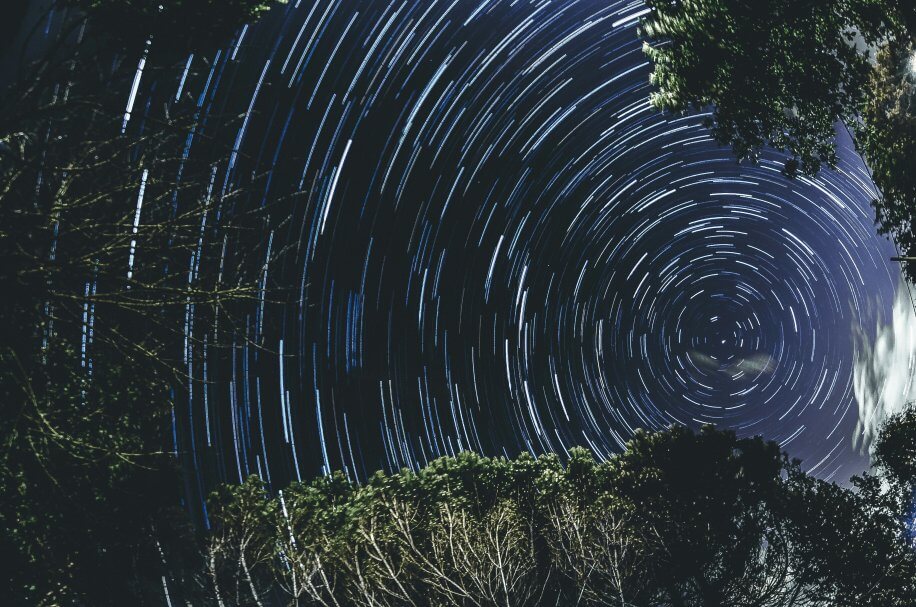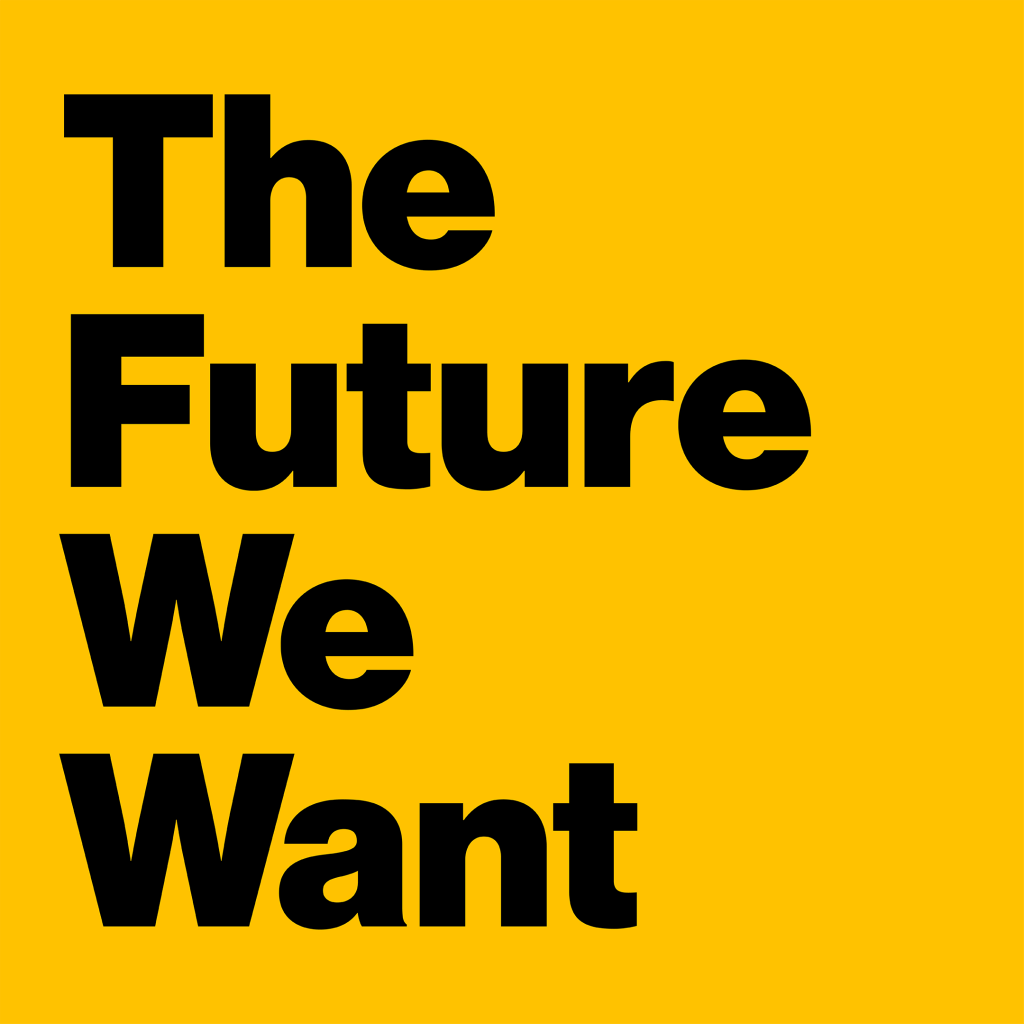The Business Case for Human Resilience

In a world of accelerating disruption — from extreme weather to AI transformation — technical resilience is only half the story.
There’s an employee sitting at their desk, feeling antsy and uninspired, trying to be present and do work that feels increasingly irrelevant. A parent sends their kids off to school with fear in their gut, wondering if they’ve done enough to protect them, to prepare them. People are doing all they can to show up fully every day, yet feeling increasingly ill at ease in a world full of risk and uncertainty. Maybe this is you.
Businesses are navigating complex and accelerating disruptions, too – the emerging impacts of tariffs, softening consumer confidence, a divergent regulatory environment, and constantly evolving culture wars.
To meet this moment, companies know the importance of technical resilience: diversifying supply chains, upskilling workers, investing in innovation, developing crisis response strategies, transitioning to renewables, and hardening infrastructure. Yet most strategies stop there, overlooking the human dimension of resilience: how people respond, adapt, and innovate in times of uncertainty.
If we look at human history, the stories of resilience that stand out are those where societies learned from Nature, harnessed the creativity of humanity, and used the tech available to them at that time to rise through challenge. The Agricultural Revolution transformed survival into civilization. The Renaissance emerged from the Black Death of the 14th century. And in the Space Age of the 20th century, seeing Earth from space reframed our ecological consciousness and fostered scientific collaboration despite Cold War tensions.
Now, we are living at another historic threshold. The twin forces of climate disruption and artificial intelligence are reshaping everything we know — our economies, our communities, even our very sense of meaning. The question is: will we respond with fear, fragmentation, and business as usual? Or will we harness the best of humanity, Nature, and technology to co-create a renaissance worthy of this moment?
The Human Side of Resilience
According to GlobeScan’s 2025 Healthy & Sustainable Living survey, more than seven in ten people globally feel at least moderately personally affected by climate change and more than four in ten of those impacted report its negative impact on their personal health, their state of mind, and their sense of personal safety and wellbeing. 35 percent of people globally report feelings of fear and anxiety related to climate change and the state of the environment, and one in four report feeling hopelessness.
Add to that the perceived threats of AI: A new study from the Seismic Foundation finds that 60 percent worry AI will replace human relationships, and half believe AI development is moving too fast to be safe.
Humanity is facing immense stress and upheaval, and it’s driving down our ability to function. Research from Deloitte found that companies spend an average of £50 billion per year due to presenteeism – showing up to work in an unproductive state due to mental and physical health issues, and disengaged employees cost nine percent of global GDP.
A company’s ability to stay ahead of environmental and AI disruptions is only as good as the ability of its people to understand complexity, make sense, and stay present, clear, and confident. But when people are feeling anxiety and burnout, confidence, collaboration and creativity becomes a luxury. We shut down our brains to new information and go into survival mode. This is not a fertile context from which to innovate solutions to these interconnected challenges.
Climate psychologist Dr. Renée Lertzman talks about humanity’s window of tolerance for stress. How when we experience stress beyond what we can tolerate we go into a sort of collapse of depression, despair, anger. “And when that happens, we actually lose our capacity to be integrated, resilient, adaptive – all those things that we want to be,” Lertzman says.
We are at a tipping point. But if history has taught us anything, resilience is a precondition for imagining and enabling new and better futures. Now, we must create the human conditions for it.

Resilience is the Nervous System of the Possible
Rather than thinking of climate collapse and AI as separate risks to mitigate, what if we worked like an ecosystem, an organism, a nerve system, a funky mycorrhizal network of roots and fungi composting hardship into strength – every element contributing to a resilient future?
This may not be the common language of Fortune 500 executives, but it’s an approach we have been exploring with business leaders who’ve discovered that traditional change management and scenario planning falls short when facing the kind of meta-crisis we’re facing today. And what we’re seeing is that the leaders and organizations that are thriving aren’t just those who adapt their systems — they’re those who can navigate the emotional and existential dimensions at play.
At the core of our approach is The Resilience Spiral™, a dynamic framework designed to help organizations harness this moment of profound possibility. Rather than simply reacting to change, it empowers leaders and teams to become active co-creators of regenerative futures — where business success aligns with planetary wellbeing, where human ingenuity collaborates symbiotically with Nature’s wisdom and AI capabilities, and where organizations become forces for the renaissance our world urgently needs.
The framework guides us through five interconnected elements that build an organization’s capacity to thrive:
- Understanding: Gaining strategic clarity about the emerging realities of environmental and AI disruptions
- Facing Change: Understanding how we experience disruption and adapt in real contexts, and building capacity to stay present, creative, and hopeful through change
- Belonging: Strengthening team cohesion and deepening connection, reciprocity, and trust across every relationship
- Re-imagining: Reinventing outdated paradigms and embedding resilience into organizational identity, culture, and brand expression
- Becoming: Unleashing breakthrough product, service, and experience innovation for a resilient future
What makes the Resilience Spiral uniquely powerful is its ability to meet organizations exactly where they are while helping them address both ecological and AI disruption holistically and evolve to meet this historic moment.
Whether an organization is experiencing disruption fatigue, struggling with fragmented innovation efforts, or ready to lead their industry into new territory, the framework provides both the emotional infrastructure to navigate complexity and the creative tools to design solutions that move beyond outdated structures.
The result is organizations that don’t just adapt to change—they shape it.

Co-Creating Possible Futures
As the dynamics of environmental and AI disruption continue to accelerate, we believe more businesses will see the possibilities of a holistic, collective resilience strategy that unites the technical and human side of the equation. By equipping employees, customers, and communities with the tools to face change, reimagine possibilities, and co-create new futures, companies can not just survive but thrive.
Our big bet and sincere hope is that more organizations will see this moment of converging disruptions as the cusp of a renaissance to come. That they will choose to design for resilience and write the next chapter of our collective story.


